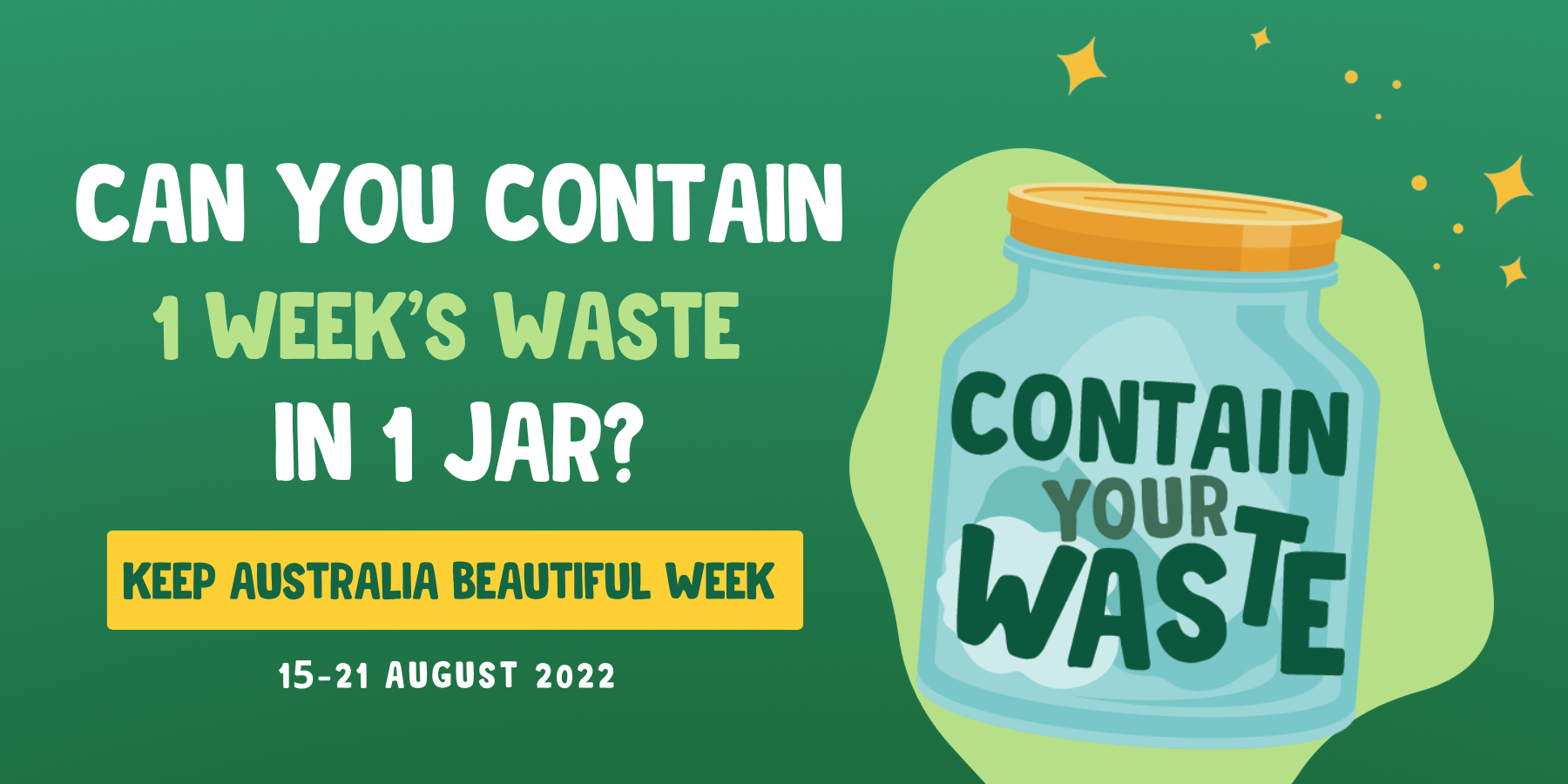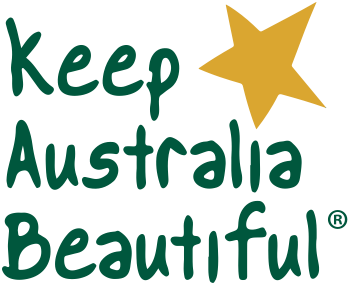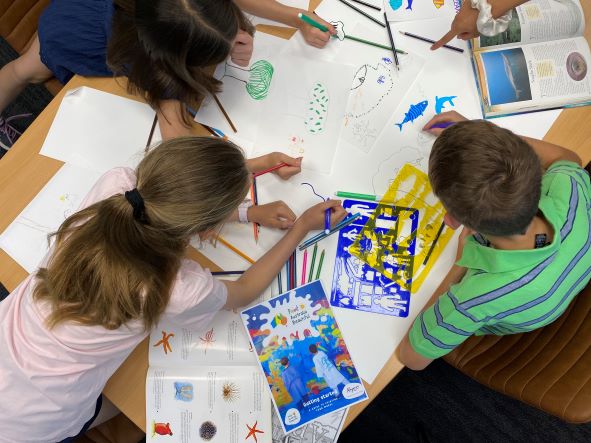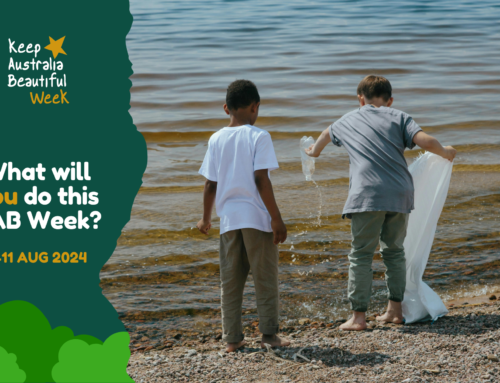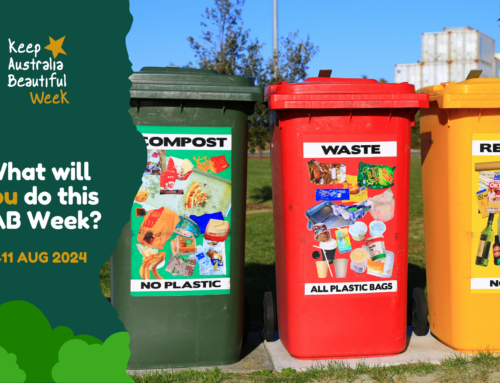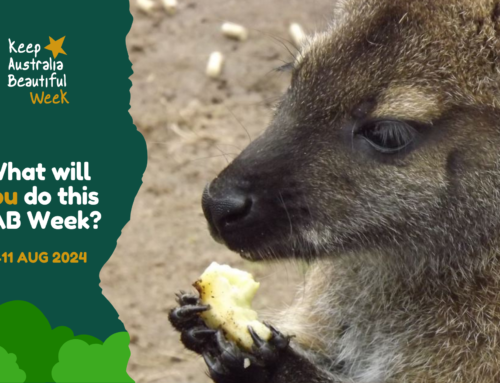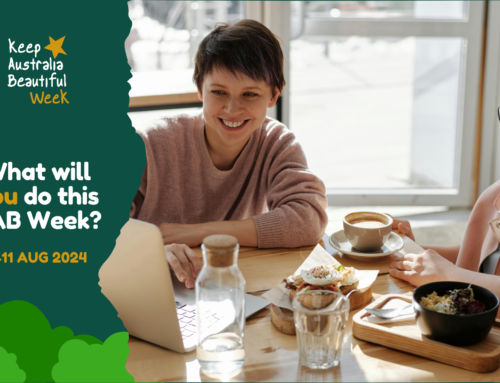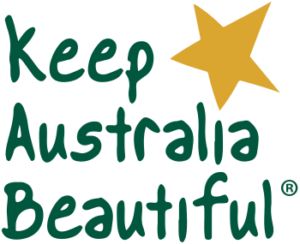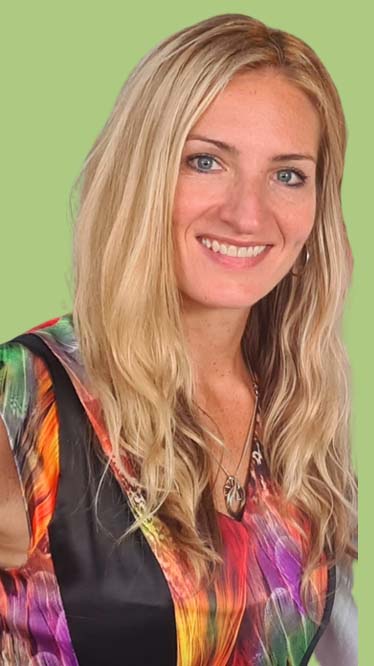
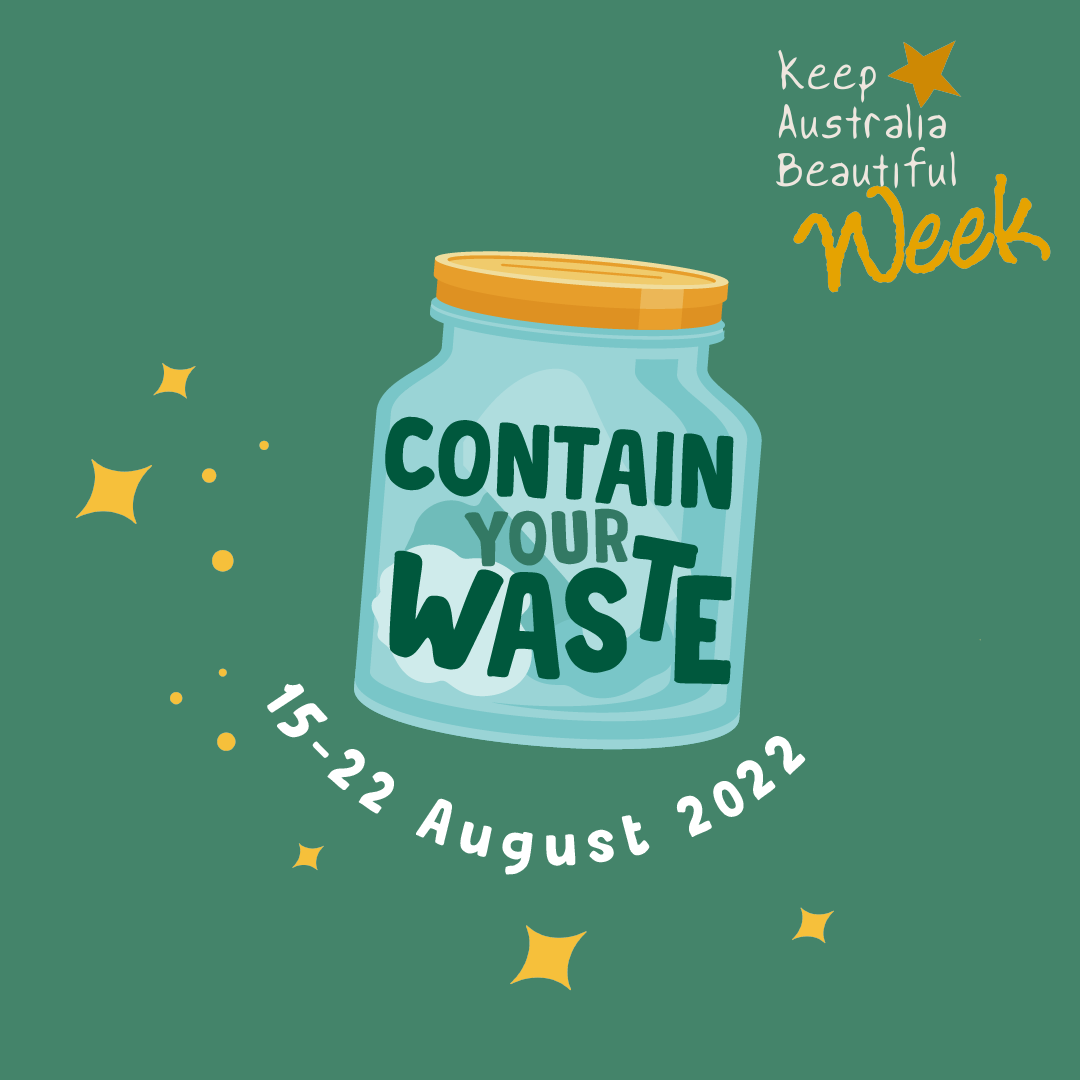
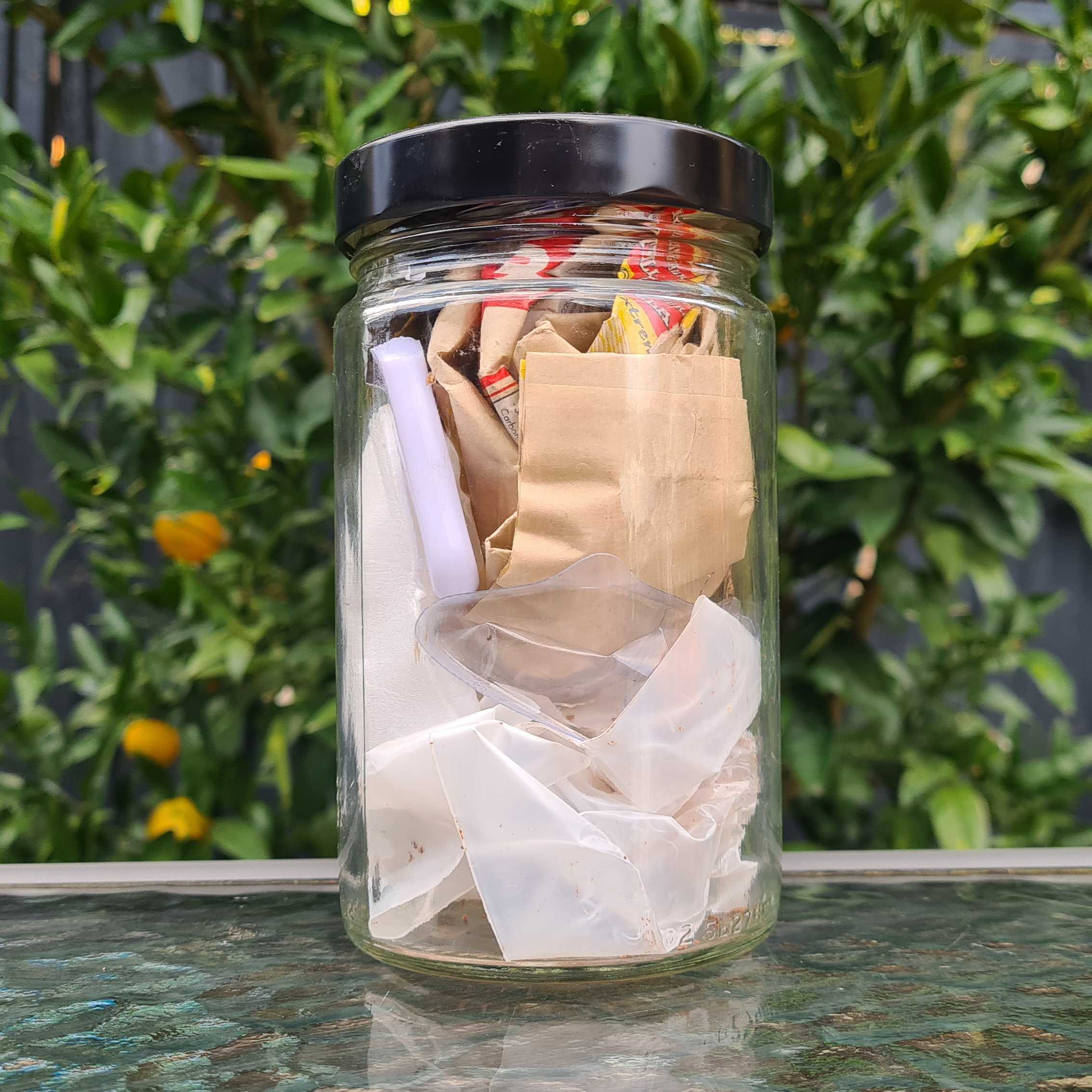
Laura Carrazza August 2022
I have recently begun my journey towards creating a more sustainable household for me and my family.
I am in no way a perfect Waste Warrior, in fact, I have a long way to go to reduce my waste footprint to zero, so I don’t place an unrealistic expectation on myself to achieve this goal.
Instead, I try my best to put things in the right bin, RedCycle my soft plastics, compost my food scraps and reuse as many containers, jars, tins and boxes as possible – but there’s still waste in my general rubbish bin each week.
It doesn’t help that we are a family, with a 6-year-old school kid and a 1-year-old baby, so we have lunchboxes, snacks, squeezy packs, nappies and wipes to consider. My partner and I are also massive sweet tooths, so we are notorious for a late-night chocolate or ice-cream binge session!
Some days I cringe when I put something in our rubbish bin knowing that it is just going into landfill, but I justify it by saying “I NEEDED it this week!”
Upon reflection though, did we really NEED the box of Drumstick ice creams, or Mission corn chips? And could we maybe have made some more environmentally conscious decisions around the products we buy habitually like my baby’s squeezy packs, nappies and wipes?
That being said, I figure if I can create a buying habit that easily, then surely, I can break it just as quickly, by substituting for a more environmentally friendly option, or simply even going without it.
Being a Keep Australia Beautiful Volunteer has made me stop and think more about my purchasing habits – how much do I actually NEED these disposable items and how much use will I get from them? Are there alternatives that will result in less waste? What are they packaged in?
We still have to live though, right? So, I am in no way advocating getting rid of all the things in your life that make you smile, laugh and feel good,, because you don’t technically NEED them. I am just saying it’s time for us to be more in tune with our excessive consumer habits, and maybe work on pulling some of them back or adapting them to be more environmentally friendly. And who knows, it may even help save us some coin along the way!
WHAT IS THE CONTAIN YOUR WASTE CHALLENGE?
What if we flipped our thinking for 1 week, to reduce our waste right down so it fits into ONLY ONE jar or container. It seems like a tall task, but with the right sacrifices on a handful of luxuries – and with the help of reusable nappies and wipes, I think my household could achieve this.
It also means a significant amount of planning for the week to get my household set up for the challenge.
These are the things I think any household with similar dynamics to us, would need to prepare for this Contain Your Waste Challenge:
- Compost Food Waste. Avoid overfilling your jar with food scraps and divert your household food waste from landfill by composting or using a council supplied FOGO bin.
- Separate Soft Plastics. Collect your soft plastics and drop them off at your local supermarket at the RedCycle collection point. Separate clean, soft plastics into their own bin in a convenient location so you’re not tempted to throw them in general waste.
- Make a Weekly Meal Plan & Shopping List for the household. Think ahead, plan your meals, where practical buy in bulk and shop smart. Avoid excessive purchases and only buy essential items with compostable or recyclable packaging.
- Go DIY for the Week. Challenge yourself to discover new ways to do things, cook it, bake it, make it or mend it yourself. Prepare your meals and snacks for the week and freeze what you don’t need.
- Know your Households Biggest Waste Contributors. For our household it is nappies, wipes, tissues etc so my plan is to get our change table set up with reusable nappies & wipes.
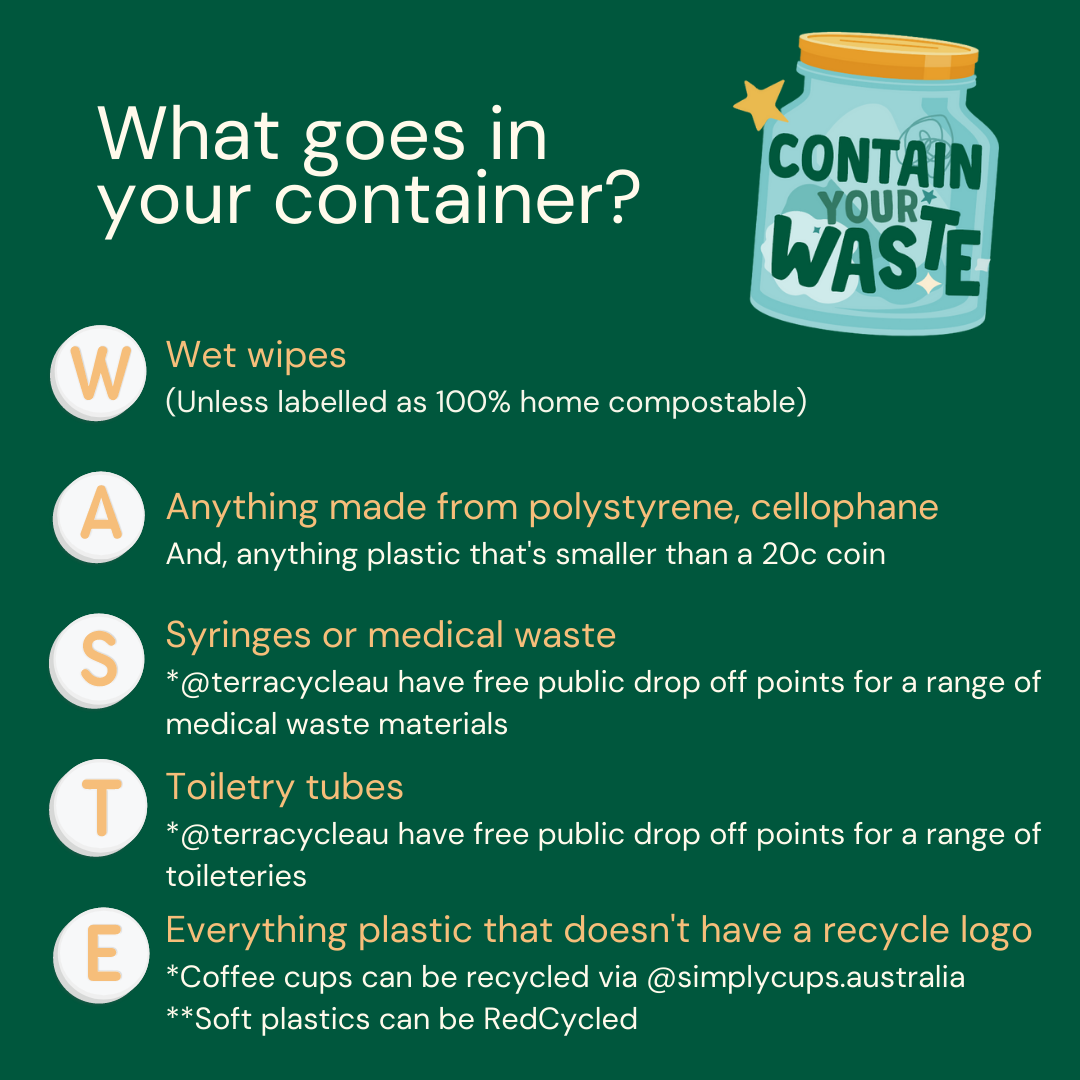
How can I divert my food waste from landfill?
I’m sure you know the stats, but in my Local Council, over half of the waste sent to landfill is compostable. So, if your council has set you up with a FOGO bin already, then you’re halfway to becoming a Bin-fluencer, congrats! If you don’t have one, you’ll need to set up a compost bin to avoid your jar being filled with mandarin and banana peels before the week is out.
Please note that you don’t have to be a green thumb to compost. My partner and I don’t know the first thing about gardening and “healthy soil”, but we know how to dig a hole in the ground and pour our compost into it. And you’ll be amazed at how little actually goes into your rubbish bin once you remove food waste from it. Mind-blown!
So, the key to make this process easy to integrate into your lifestyle is to ensure you have a food caddy conveniently stored in, or near your kitchen to collect your food scraps. We bought a 15L Urban Composter that sits in my laundry next to my kitchen. Then make sure you empty your caddy scraps every 1-2 weeks to avoid rancid smells. Lining it with bicarb soda, paper towel or newspaper also helps.
Note: contaminated Cardboard boxes from you takeaway pizza, fish n chips etc along with egg cartons, scrap paper, paper towel etc can all go into your own compost bin.
Which bin do soft plastics go in?
It surprises me how many people still don’t realise that soft plastics should not enter your general waste bin. In 2021, APCO’s report showed only 4% of soft plastics were being recycled in Australia.
I’m talking about plastic bags, chocolate/museli bar wrappers, chip/cracker packets, lettuce and herb bags, bread bags, meat tray plastic film, zip-lock bags, Aus Post satchels, squeeze pouches (with lids on) etc … the list goes on.
Start collecting all your soft plastics in a side bin (I use an old nappy box). Always make sure you clean and empty any food off first and ensure the plastic is not wet, as mould can be a big issue during recycling. Once your bin is full, take it to your local supermarket and empty it into the RedCycle bin, usually located near one of the exits. It’s that simple!
If you have any doubt as to what’s classified as soft plastic, check out this link for the Do’s and Don’ts: https://redcycle.net.au/what-to-redcycle/
All that being said, this isn’t an excuse to go and buy EVERYTHING in soft plastic. The main aim is still to reduce plastic use overall, so I will have a separate jar for soft plastics that will be disposed of via RedCycle during the Contain Your Waste Challenge.
How to set a low waste meal plan for the week
Have a debrief with the kids about what fruit, snacks and sandwiches they want that week for their lunch boxes. You could even turn it into a fun activity to get your bake on, by making homemade banana bread, slices, quiches, popcorn, chocolate balls or crackles that week rather than using individually packaged muesli bars and chip packets. Rather than buying small tubs or squeezy packs of yoghurt, put some into reusable jars.
But it’s not all about the kids! Plan your own lunch and snacks each day as well, to avoid getting take away food when at the office or feeling peckish at home.
Write out your dinners for the week, and where you can, make enough for leftovers that you or the kids can eat for lunch/dinner the next day. Try to aim for NO TAKEAWAY this week – or if it can’t be avoided, try to order something recyclable or compostable, eg. a pizza box or fish and chip paper wrapping.
How can I be an eco-smart shopper?
I feel like this step seems obvious, but it’s important to ONLY buy essential items during this challenge.
Find a bulk store near you and take the opportunity to use some of those saved up containers and jars in your cupboards. You might even find this is a more economic way to shop for your household too.
How user-friendly are reusable nappies & wipes?
This may not be relevant to many of you, but I really wish I had got on the reusable nappy/wipes bandwagon with my first born. It would have saved the earth so much landfill and myself so much money!
They come in super cute patterns, so they make a great statement piece under my daughter’s dresses, and the press studs make them just as easy to put on as a disposable nappy.
I use biodegradable bamboo liners so if she does a Number 2, then it’s super easy to clean the nappy. I empty any solid poo into the toilet and flush it. While any mushy poo I wrap up in the liner and dispose straight in the bin. The wet and soiled nappies go straight into an open-aired box in my laundry, and I pile them up and wash them all once per week. (Do not soak them). And no – it does not stink my house out, and yes – any poo stains wash straight out when washed at 40 degrees.
I am making an EXCEPTION DISCLAIMER here, that I WILL NOT be putting the poo liners in my jar and any poo my little lady does this week will not be added into my week’s waste.
So, now you can see how I plan to go about the Contain Your Waste Challenge this year for KAB Week 2022. Good luck with selecting your container for your household and remember, the aim of the challenge is to reduce household waste and divert compostable and recyclable content and packaging from landfill.
